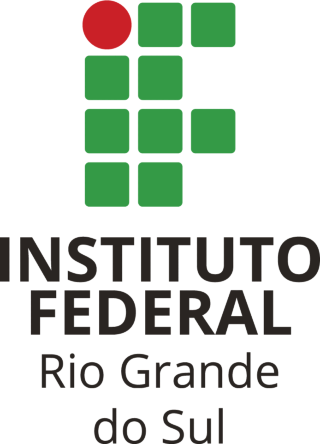Indicadores de vitalidade linguística do alemão e sua relação com as políticas públicas no Vale do Caí
| Title: | Indicadores de vitalidade linguística do alemão e sua relação com as políticas públicas no Vale do Caí |
| Author: | Warken, Leila |
| Abstract: |
O presente trabalho observa a vinculação dos alunos dos municípios de São Vendelino, Bom Princípio e Feliz em relação à língua alemã (Hochdeutsch ou hunsriqueano riograndense). A partir disso, busca perceber como eles aprendem a língua, se no ambiente escolar ou no familiar e, de igual forma, perceber as políticas linguísticas existentes e se essas causam algum impacto no interesse dos jovens pela língua alemã. Para entender a comunidade linguística em questão, viu-se a necessidade de passar pela história da imigração alemã, as ondas imigratórias e, em um terceiro momento, das comunidades linguísticas em foco. Como forma de entender a inserção da língua e/ou de línguas estrangeiras no ambiente escolar, foram revisadas leis municipais, federais e políticas linguísticas. O objetivo da pesquisa é entender se as políticas linguísticas locais estão ou não impactando no interesse dos alunos pela língua alemã, seja na sua versão standard (Hochdeutsch) ou língua de imigração (hunsriqueano riograndense) e refletir o quão forte é o contato com a língua no núcleo familiar. A metodologia empregada é a análise documental e a pesquisa bibliográfica de modo a abranger as políticas educacionais e linguísticas dos municípios e revisar a bibliografia histórica sobre a imigração alemã. A pesquisa aplicada, envolvendo um questionário, é apresentada de forma qualitativa-descritiva, buscando as percepções dos respondentes a respeito da língua em questão. This academic paper observes the approximation among students from the cities of São Vendelino, Bom Princípio and Feliz in relation to the German language (Hochdeutsch or Hunsriqueano Riograndense). From that, it intends to perceive how students learn the language, if it is in the school or among family members and, in the same way, to perceive the language politics which rule at this moment and if they cause any impact in the interest of the youth about the German language. To understand the linguistic community, German immigration, immigration maps, and in a third moment, the linguistic community were reviewed. To understand how this foreign language is inserted in the school places, municipal and federal laws, and linguistic politics were reviewed. The purpose of this paper is to focus on understanding the local linguistic politics and how they are impacting on the interest, or not, in the students about the German language, in the Hochdeutsch version or in the immigration language (Hunsriqueano Riograndense) and reflecting how is the contact with the language in the family life. The methodology is based on document analysis and bibliographic research in order to include education and linguistic politics from the cities and review the historical bibliography about German immigration. The applied research, which involves a quiz, is presented in a descriptive qualitative form, as to see the perceptions from the people who answered about the German language. |
| URI: | https://dspace.ifrs.edu.br/xmlui/handle/123456789/939 |
| Date: | 2022 |
Files in this item
| Files | Size | Format | View | Description |
|---|---|---|---|---|
| 123456789939.pdf | 2.170Mb |
View/ |
Texto completo |



